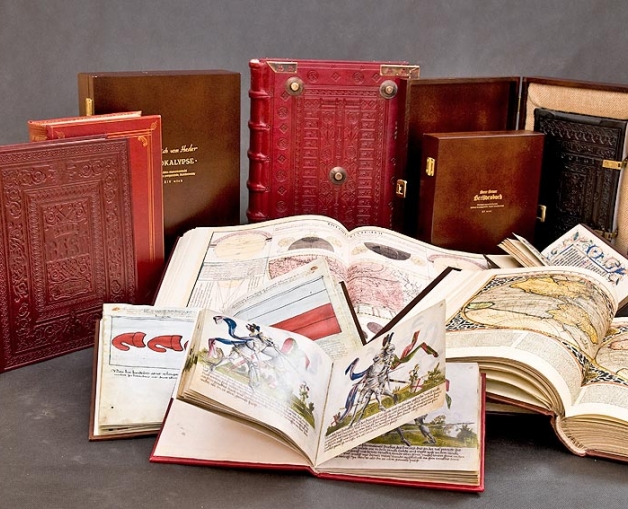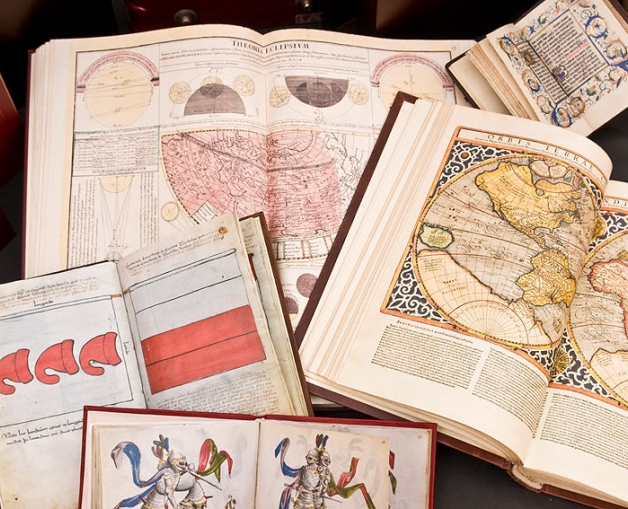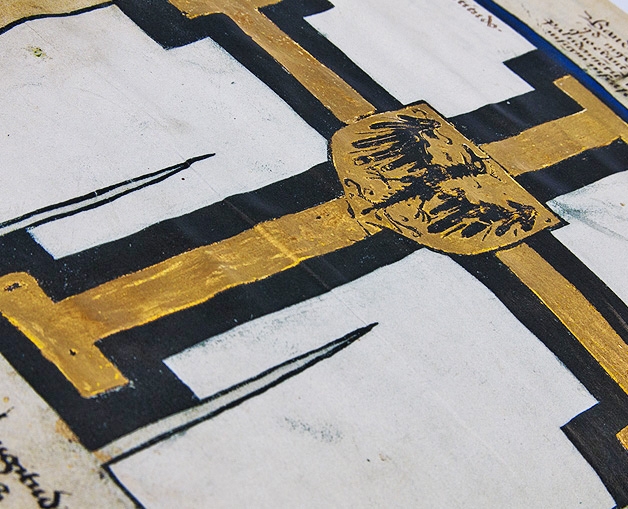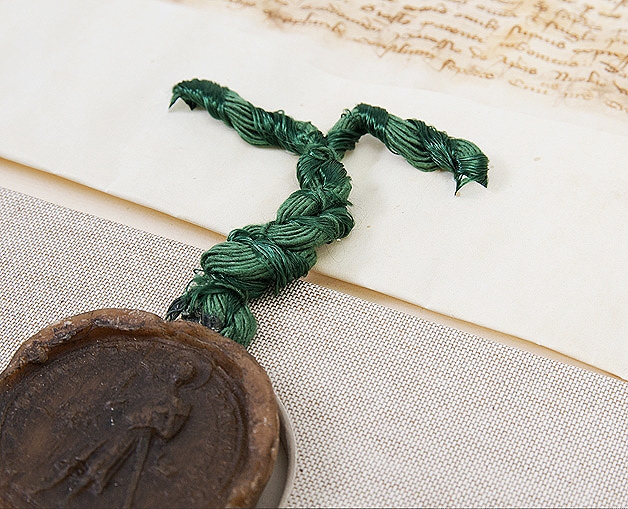Mystic Pelplin
“There must be something in this Pelplin– the Athens of Pomerania– as once said by prof. S. Swieżawski – since despite the distance from capitals and metropolises we remain noticed...”
/J. St. Pasierb/Pelplin – Ora et labora
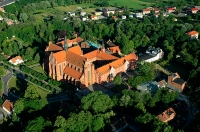 Pelplin today
Pelplin today
more >>
Centuries ago, where today stands a cathedral and an entire town, there
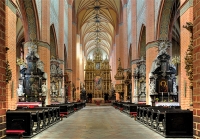 Main nave of the cathedral
Main nave of the cathedral
more >>
were only marshes and swamps. Maybe that is why Mściwoj II, a Pomeranian prince, gifted this land to monks. The Cistercians, who arrived here in 1274 from Mecklenburg, founded a settlement in this land. Later on, the abbot ordered the monastery and the cathedral to be built here.The Cistercian Order, devoted to meticulous work and prayers– Ora et labora (from Latin “pray and work”) – left for posterity the monastery complex, the most beautiful cathedral with the highest altar in Europe, eagerly visited by tourists. The Pelplin cathedral always fascinated this world’s greatest.Preserved in an excellent condition, it remains a testament of the great craftsmanship and painstaking work of the Cistercians.
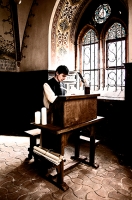 Pelplin Scriptorium
Pelplin Scriptorium
more >>
The Pelplin Cistercians conducted extensive cultural activities. They had their own woodcarving workshops and operated a most professional, of those times, publishing activity. The scriptoria located on the ground floor of the building produced not only liturgical books, but also copies of the works of great authors. The monks working therein were true artists. By candlelight, under a window that failed to provide enough lighting to their workspace, they copied and created magnificent works.Breviaries and prayer books, chronicles telling the stories of the abbey and the history of the region were often dictated by worthies and
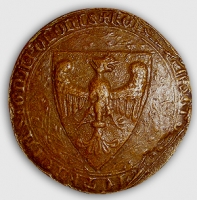 The first eagle with a crown
The first eagle with a crown
more >>
important monks. At times, weary with the tedium of their work, on the margins of the books they made their own comments and illuminations, with a delicate quill. Although the law of the times required that liturgical books and texts must be copied carefully, without omissions and alterations, in the 12th, 13th and 14th century manuscripts one can often find fascinating and unique notes and comments of the Pelplin scribes.
The bindings of the Pelplin print works were made in the monastery or commissioned to the bookbinding masters in all of Europe. The rich collection of the archives include parchment documents, the oldest of which dates back to ca. 1224. The most prominent among them is the document of King Przemysł II of 1295 bearing a large royal stamp that for the first time features the Polish crowned eagle.
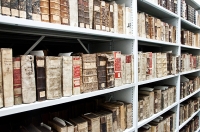 Pelplin Library treasures
Pelplin Library treasures
more >>
During the turbulent 17th century, Pelplin was visited by many prominent guests: Gustav Adolph – the King of Sweden, Sigismund III Vasa, the King of Poland with his son Władysław. In 1635 Władysław IV, the King of Poland, visited Pelplin when he travelled to sign the Treaty of Stuhmsdorf. 40 years later the monastery was visited by Queen Eleanor, the estranged wife of King Michał Wiśniowieckim, and King John III Sobieski with his wife and prince Jakub. The King and his family strolled the monastery grounds and the garden praising its beautiful situation and vicinity of the river. All guests attentively gazed at the work of the scribes and admired the carefully crafted tomes.The extraordinary skills and passion for cultivating the writing tradition made the books, once admired by kings, survive until today in perfect condition. Maybe this is why since 1836 Pelplin has had its own printing house and since 1860 an officially registered printing company.

